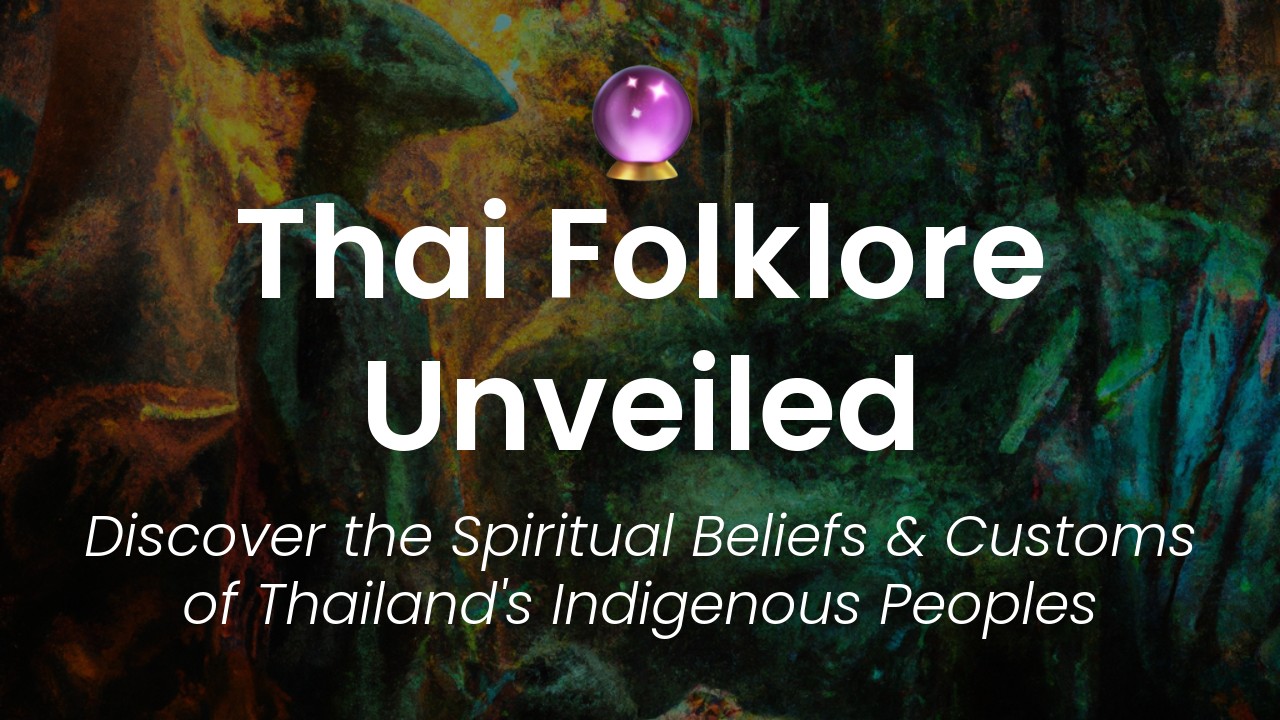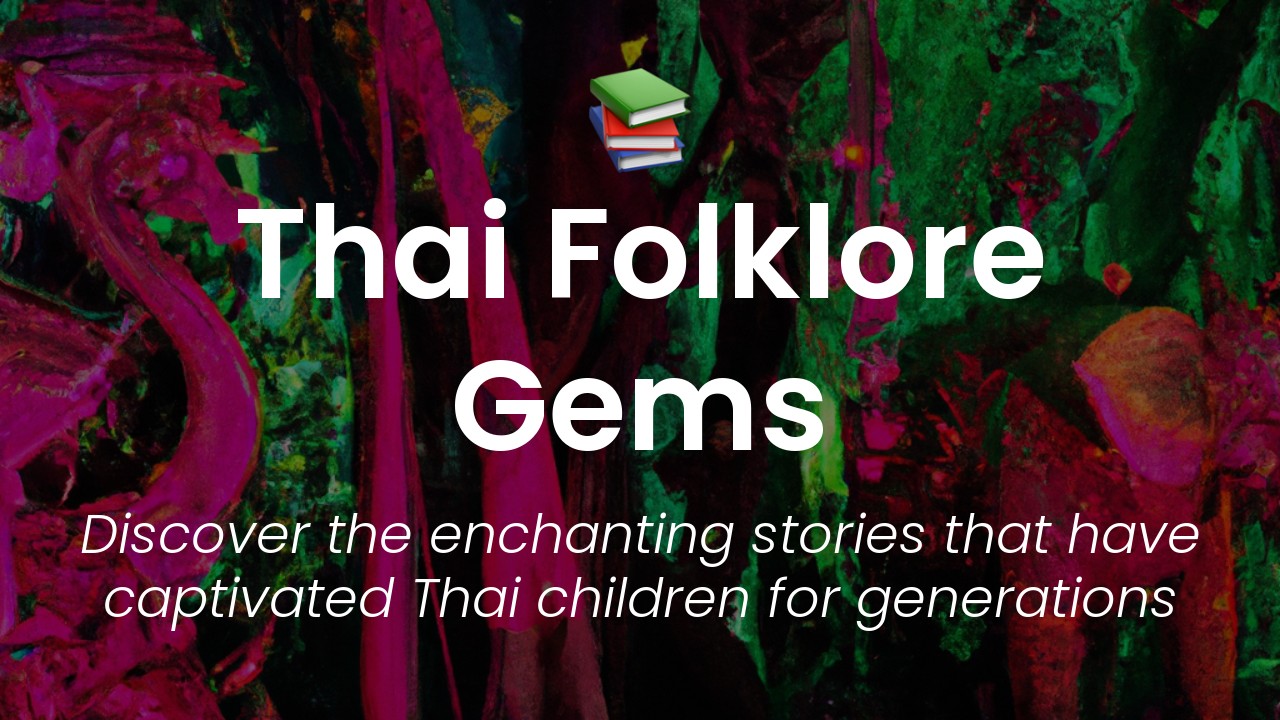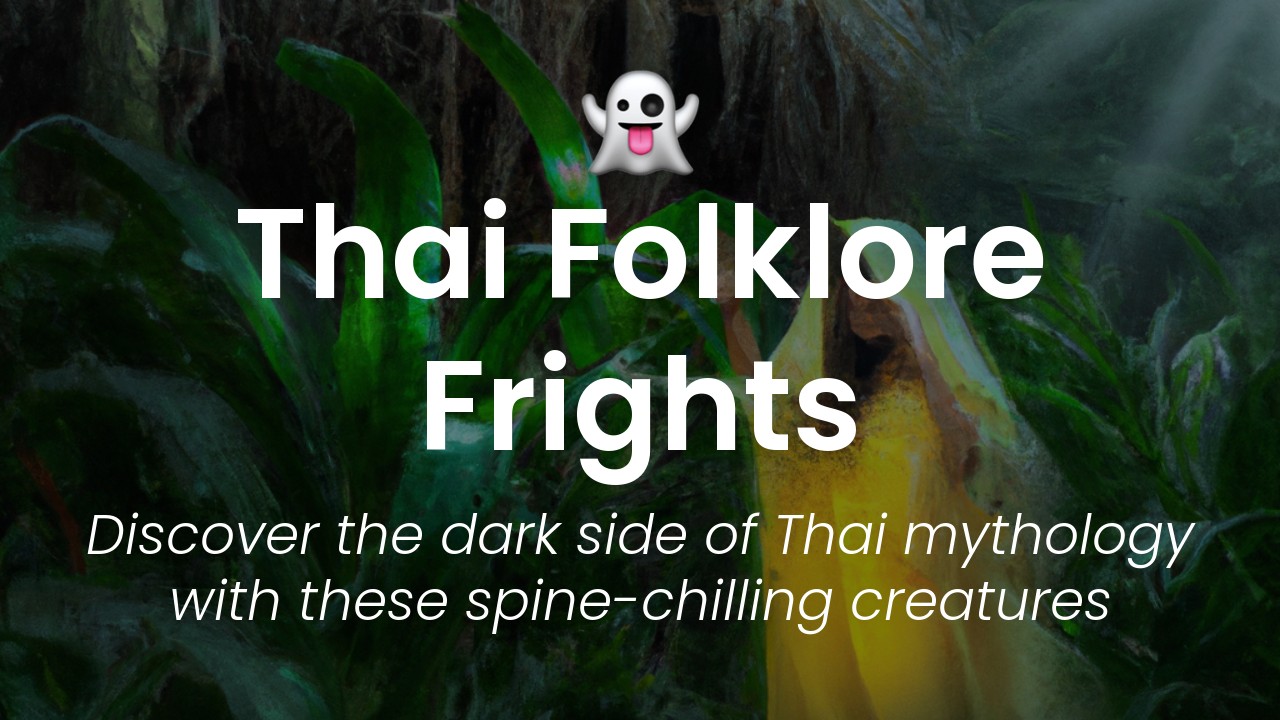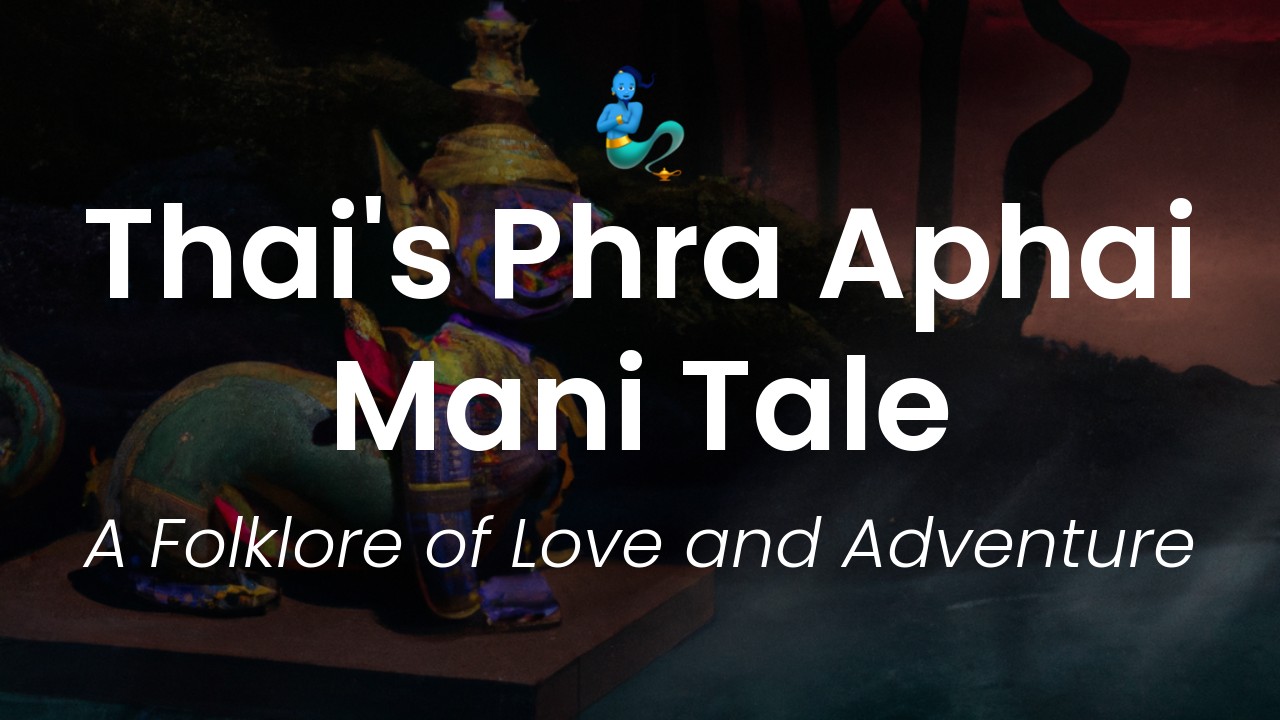As a Thai woman, I grew up with many stories of supernatural creatures and beliefs in animism. These stories and beliefs formed an integral part of my culture and influenced the way I view the world around me. Even to this day, I am fascinated by the mysteries of Thai folklore and animism and the deep-rooted connection that Thai people have with nature.
Thai folklore is a collection of beliefs and stories passed down through generations that offer insights into the ancient ways of life and mindset of Thai people. From mythical creatures like the Kinnaree and Naga to supernatural beings like Phi and ghosts, Thai folklore encompasses a wide range of narratives. While some of these stories are well-known and passed through many generations, others are lesser-known and only known in certain regions of the country.
Animism, on the other hand, is the belief that everything in nature, from rocks to trees, has a spirit or soul. It is a fundamental part of Thai culture and has shaped the way Thai people interact with the world around them. Animism is a belief system that predates Buddhism in Thailand and continues to be practiced, even among those who identify as Buddhist. As a result, Thailand boasts a rich tapestry of animistic beliefs that coexist with Buddhism and other religions.
Origins of Thai Folklore & Animism
What do you think of when you hear "Thai folklore"? Perhaps the first thing that comes to mind is Thai ghost stories, tales of vengeful spirits seeking revenge on the living. But Thai folklore is much more diverse than that, encompassing a plethora of supernatural beings and myths that highlight the country's rich history and cultural heritage.
The roots of Thai folklore can be traced back to prehistoric times, when animism was the predominant belief system. Animism is the belief that everything in nature, from rocks and trees to animals and spirits, has a soul and a power of its own.
Over time, animism blended with Hinduism and Buddhism, which were introduced to Thailand by Indian traders and missionaries. As a result, Thai folklore contains elements of all three belief systems, creating a complex and unique mythology that has captured the imagination of people around the world.
The Importance of Spirits in Thai Culture
One of the key tenets of animism is the belief in spirits. In Thai culture, spirits are an integral part of daily life and are believed to play a role in everything from illness and misfortune to good luck and prosperity.
Thai spirits take many forms, from benevolent guardian spirits that protect households and businesses to malevolent spirits that cause harm and mischief. Spirit houses, small ornate structures found on the grounds of homes and businesses, are built to appease and honor these spirits.
Thai people believe that offering food, incense, and other offerings to the spirits can bring good fortune and ward off evil. During festivals and ceremonies, elaborate shrines and offerings are made to spirits, demonstrating the important role they play in Thai culture.
The Role of Ghosts in Thai Folklore
Ghosts are a ubiquitous feature of Thai folklore, with tales of vengeful spirits haunting homes, forests, and temples. Some of the most famous Thai ghost stories involve female ghosts known as "phi pop". These spirits are said to have died in childbirth and now seek to harm pregnant women or young children.
Other Thai ghost stories involve "phi krahang", a malevolent ghost that haunts forests and lures travelers to their deaths. Stories of "phi krasue", a flying female head attached to a trailing spine that sucks the blood of its victims, are also popular in Thai folklore.
While these tales may seem frightening, they also serve as cautionary tales, reminding people to be wary of their surroundings and to honor the spirits that protect them.
The Belief in Karma and Reincarnation
Another key belief in Thai culture is the idea of karma and reincarnation. Karma is the concept that a person's actions in this life will determine their fate in their next life. If a person does good deeds, they will be reborn into a better life; if they do bad deeds, they will be reborn into a worse life.
The belief in reincarnation also plays a role in Thai folklore, as it is believed that spirits and ghosts are the restless souls of people who died tragically or before their time. Thai people often make offerings to these spirits in the hopes of appeasing them and preventing them from causing harm.
Popular Thai Superstitions and Symbols
Thai culture is filled with superstitions and symbols that are believed to bring good luck, fortune, and prosperity. For example, the number nine is considered lucky in Thai culture, as it sounds like the Thai word for "progress". The number eight, on the other hand, is considered unlucky, as it sounds like the Thai word for "death".
Other popular Thai symbols include the "manee sawat", or sacred gemstone, which is believed to bring good luck and ward off evil, and the "takrut", a rolled sheet of metal inscribed with sacred scripts and worn as a talisman.
Traditional Animist Practices in Thailand
Despite the influence of Hinduism and Buddhism, many traditional animist practices still exist in Thailand today. For example, many Thai people still consult spirit mediums, or "mor doo", to communicate with spirits and seek their guidance.
Other animist practices include the use of amulets, or "pra", which are believed to offer protection and bring good fortune. Amulets can be made from a variety of materials, including metal, bone, and wood, and may be inscribed with sacred scripts or blessed by monks.
The Influence of Buddhism on Thai Folklore
While animism remains an important part of Thai culture, the influence of Buddhism cannot be ignored. Buddhism has played a significant role in shaping Thai folklore, with many Buddhist teachings and stories woven into Thai mythology.
One of the most well-known Buddhist tales in Thai folklore is the story of the "phra malai", a monk who is able to visit heaven and hell and communicate with the spirits that reside there. This tale highlights the importance of karma and the idea that one's actions in life will determine their fate in the afterlife.
Another Buddhist tale present in Thai folklore is the story of the "nang talung", or shadow puppet theater. These performances often depict stories from the Jataka tales, a collection of stories about the previous lives of the Buddha that serve as moral lessons and teachings.
Thai folklore and animism are a rich and fascinating part of the country's cultural heritage. By exploring the tales and beliefs that make up Thai mythology, we gain a deeper understanding of the customs and traditions that shape Thai culture and help define its unique identity.







